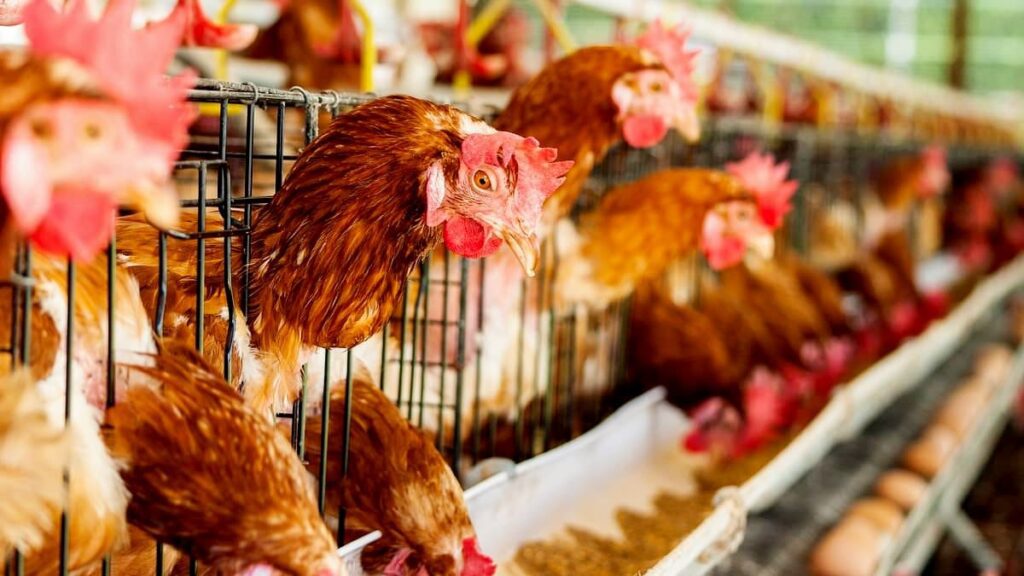
Which Animals Have Caught Bird Flu in the U.S.?
Over the last year, the spread of bird flu has extended beyond the typical avian species in the U.S., affecting a wide range of animals. While the virus primarily impacts farmed animals, it has also reached zoos, domestic pets, and even humans in rare cases. Public health officials continue to monitor its progress, though the risk to human health remains minimal at present. Experts remain vigilant to observe how the virus adapts to different species, as such changes could affect its potential to spread among humans.
Understanding Bird Flu
Known scientifically as avian influenza, bird flu belongs to the H5 family of influenza viruses. This strain has become increasingly widespread among wild bird populations globally, with numerous outbreaks affecting poultry and even cattle. The virus can cause a variety of symptoms in birds, such as swelling around the head, watery eyes, and erratic behavior. It can sometimes be fatal to affected birds, and since 2021, over 280 million bird deaths have been attributed to the disease. As of this year, an estimated 127 million poultry have been infected across all 50 states in the U.S.
The virus has also impacted cattle. Nearly 900 herds across 16 U.S. states have reported bird flu cases, according to data from the U.S. Department of Agriculture. Fortunately, bird flu is not well-suited to infect humans, typically resulting in mild illnesses when transmission does occur. So far in 2024, only 66 human cases have been reported in the U.S., and the virus does not appear to spread easily between people. Most human infections are connected to exposure to infected animals.
In addition to animals, bird flu has been discovered in raw milk samples, prompting product recalls for public safety reasons. Pasteurized milk remains safe to drink as the process destroys the virus.
Animal Species Affected by Bird Flu
Aside from birds and poultry, the avian flu virus has infected numerous other animal species. Just this week, a sanctuary in Washington reported that 20 big cats succumbed to the disease. The affected species included Bengal tigers, cougars, caracals, lynx, bobcats, and servals. In total, these cats made up more than half of the sanctuary’s animal population. The Wild Felid Advocacy Center of Washington shared that big cats are especially vulnerable to the virus, which can cause symptoms that progress rapidly, often resulting in death within 24 hours due to pneumonia-like complications.
Domestic cats are not immune either. An Oregon-based cat recently died after consuming raw, frozen food tainted with bird flu. Other domestic animals affected by the virus include dogs, goats, and alpacas, according to reports from the Centers for Disease Control and Prevention (CDC) and U.S. Department of Agriculture. Bird flu has also claimed the life of a polar bear in Alaska.
In addition to wild felines, other U.S. wildlife has experienced bird flu outbreaks, including species like mountain lions, coyotes, foxes, bears, otters, raccoons, skunks, opossums, squirrels, and various rodents. In fact, even species as diverse as seals, dolphins, and minks have been affected. The virus has also made its way across the globe, including to Antarctica, where it has devastated penguin colonies and affected elephant seals and fur seals.
The Risk of Bird Flu to Humans
The primary reason bird flu is more dangerous to animals than to humans lies in the virus’s ability to bind to sugars on the surface of cells. These sugars differ between species, and the bird flu virus is particularly adapted to bond to the sugars found in birds and cows. Humans have a distinct sugar structure, which makes it harder for the virus to bind effectively, resulting in milder illness in humans.
The Centers for Disease Control and Prevention (CDC) is monitoring the virus closely as it mutates, searching for any changes that might make it more transmissible to humans. Although the virus remains poorly adapted to humans, recent reports from the CDC have noted “low frequency mutations” in some viral proteins, particularly in a case involving a patient from Louisiana. This patient experienced a severe illness from the virus earlier this month, but the CDC has stressed that these mutations are not sufficient to facilitate human-to-human transmission.
Despite this, scientists are concerned about the potential for further mutations. Michael Osterholm, a researcher at the University of Minnesota, noted that while this mutation doesn’t yet allow the virus to spread between humans, it’s a development worth watching. Mutations are a natural part of a virus’s lifecycle, and most have little impact on transmission. However, in rare cases, mutations can increase a virus’s ability to spread or evolve in unpredictable ways.
The CDC has stated that while these mutations are concerning, they are not cause for immediate alarm. Even so, governments in countries like the U.S. and the U.K. have proactively secured millions of doses of the H5 bird flu vaccine, just in case.
